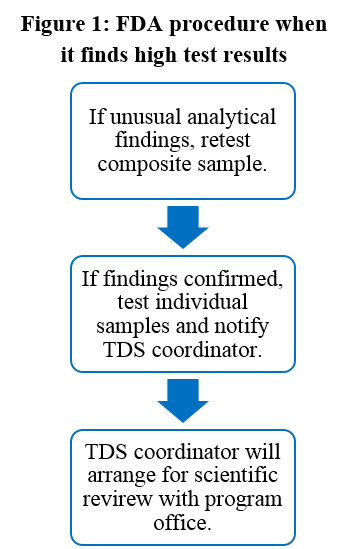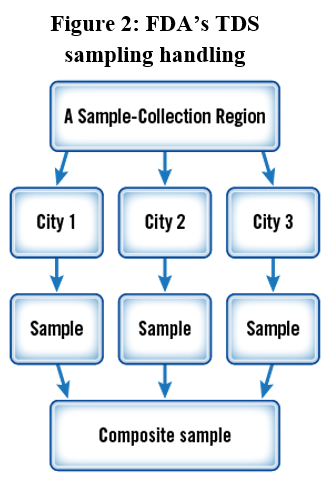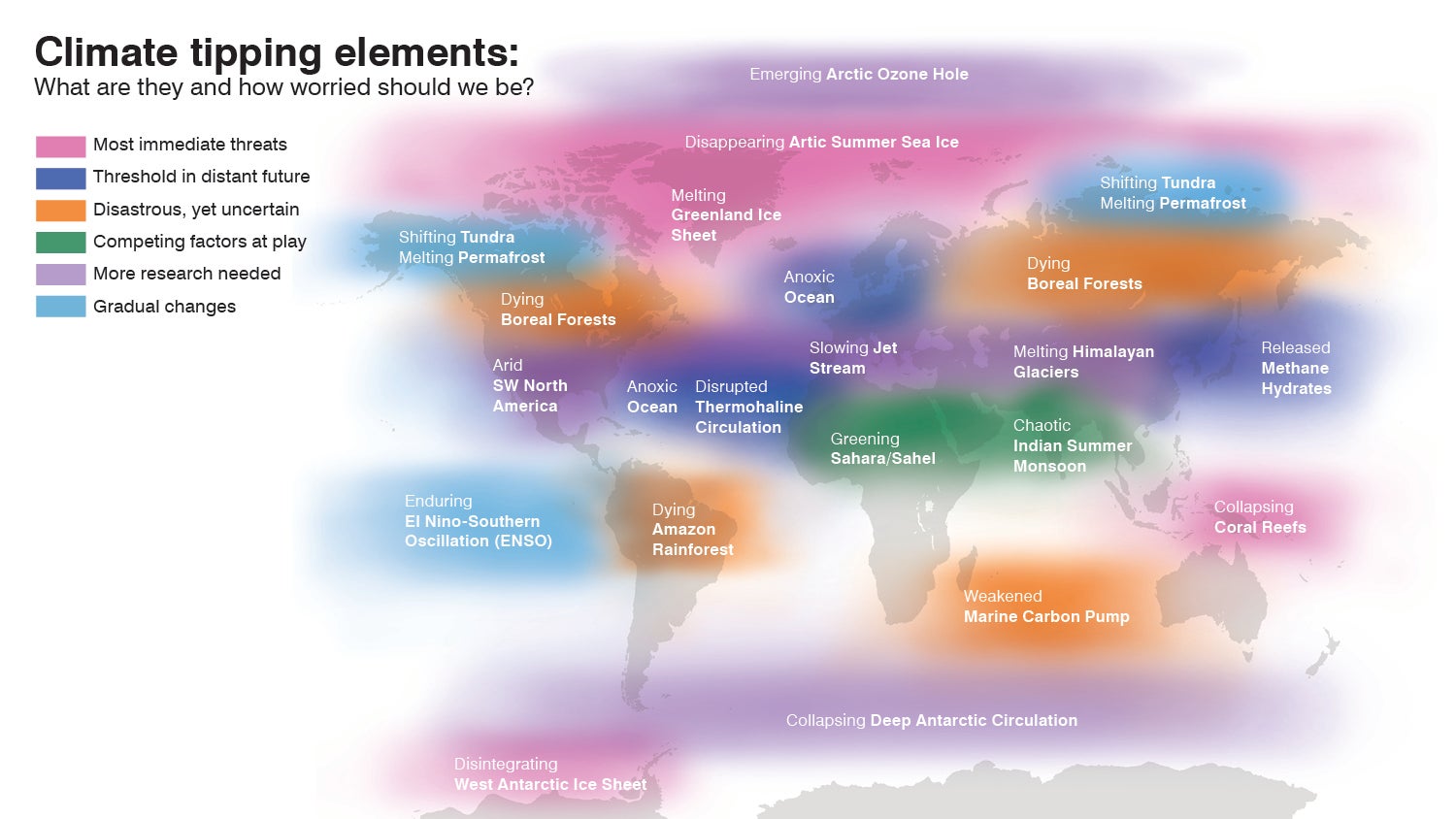The fight for transparency and accountability at EPA
By Ben Levitan
 This blog was co-authored by Surbhi Sarang, EDF Legal Fellow.
This blog was co-authored by Surbhi Sarang, EDF Legal Fellow.
Since taking the helm at the Environmental Protection Agency (EPA), Scott Pruitt has attempted to hide his activities from scrutiny by limiting the public’s access to information.
He has ended the decades-long, bipartisan practice of releasing the daily schedules of top agency leadership, removed EPA webpages, and announced harmful policies close in time with private meetings with lobbyists from affected industries.
EDF has been at the forefront of efforts to promote transparency and accountability at EPA. That’s why we just filed a lawsuit to compel EPA to comply with its legal duty to release public records under the Freedom of Information Act (FOIA).
Scott Pruitt’s record of secrecy and ethical conflicts
Scott Pruitt’s opaqueness and secrecy have sharply contrasted with basic principles of good government.
Under the Ethics in Government Act of 1978, the Office of Government Ethics issued regulations for executive branch employees:
To ensure that every citizen can have complete confidence in the integrity of the Federal Government.
Among other requirements:
Employees shall act impartially and not give preferential treatment to any private organization or individual” and “shall endeavor to avoid any actions creating the appearance that they are violating the law or . . . ethical standards.
The Office of Government Ethics titled this regulation the “basic obligation of public service.”
Pruitt and his senior leadership have raised serious questions as to whether they are abiding by these principles.
In just one example, earlier this summer thirteen state Attorneys General formally objected to a guidance letter in which Pruitt expressed his flawed, misleading opinion about a crucial issue in litigation over the Clean Power Plan — America’s only nationwide limits on carbon pollution from existing power plants.
The Attorneys General wrote that Pruitt’s conduct was “inconsistent with his agreement not to participate in the litigation,” given that he repeatedly sued EPA over the Clean Power Plan when he served as Attorney General of Oklahoma.
Pruitt also discontinued the practice of releasing his schedule, along with the schedules of senior leadership.
The bipartisan practice of releasing schedules stretches back decades and was initiated expressly:
In order to make the public fully aware of [the Administrator’s] contacts with interested persons.
Following months of public pressure and more than 60 FOIA requests, Pruitt finally released a partial public account of his schedule. But that account provides only a minimal level of detail of how and with whom Pruitt spends his time.
Pruitt later released a more detailed appointments calendar, but it covered a limited date range and included many redactions worthy of additional scrutiny. And neither of those releases provides any transparency for other EPA senior officials.
To obtain any more information about how EPA leadership spends its time, EDF’s only recourse has been to demand the release of these public records under FOIA.
EDF’s efforts to promote transparency and accountability
EDF is taking action to protect important standards of transparency and accountability at EPA — and to keep the public informed about policymaking that directly impacts the health and environment of all Americans.
Our lawsuit concerns three FOIA requests that directly address the integrity of EPA’s operations. For each request, EPA’s legally mandated deadline for providing a response is several months overdue, despite EDF’s extensive outreach to EPA over many months in an effort to elicit the requested records.
The first request seeks records related to the ethics agreement that Pruitt signed shortly after his nomination to lead EPA, in which he outlined:
[S]teps that [he] will take to avoid any actual or apparent conflict of interest.
We submitted this FOIA request in January 2017 – more than nine months ago.
Pruitt’s ethics agreement diverged from the standard language used by the Office of Government Ethics – even though Pruitt’s longstanding and very public opposition to a litany of EPA’s public health and environmental safeguards calls into question his ability to be impartial, particularly on matters in which he represented Oklahoma and long ago took fixed positions. Since taking the oath of office as Administrator, Pruitt has actively tried to undermine public health and environmental protections — like the Clean Power Plan — and has proposed to repeal protections that he had long attacked while Attorney General of Oklahoma.
Our FOIA request seeks records pertaining to the evaluation of Pruitt’s actual or potential conflicts of interest, including any analysis that informed his ethics agreement.
The second request is for records related to Pruitt’s and his senior managers’ schedules.
The most complete information we’ve received so far on Pruitt’s activities is only a select snapshot released through a FOIA request. That snapshot contains more than 100 redacted calendar appointments, and only runs through mid-May.
Even this limited information reveals the special access granted to polluter lobbyists — many of whom come from industries that have supported Pruitt’s political career for years. A more comprehensive release, including the calendars of senior EPA managers, would provide a fuller picture of the constituency that Pruitt and his political staff are serving.
The third request is for public documents related to threats to scientific integrity at EPA.
EDF requested these records in light of the Trump Transition Team’s efforts to single out civil servants at the Department of Energy who worked on climate science and policy. Since we submitted this FOIA request more than seven months ago, subsequent events — including the removal of EPA’s Climate Science website, scientific distortions that accompanied the proposal to repeal the Clean Power Plan, threatened efforts that would compromise the integrity of EPA advisory boards, and the muzzling of EPA scientists who were scheduled to deliver public presentations on climate change — have only increased the urgency of providing public access to records about the treatment of scientific integrity at EPA.
EDF will continue working to protect transparency and accountability at EPA by supporting Americans’ ability to access information about health and environmental policies, and by shining a light on the Trump Administration’s attacks on vital safeguards for families and communities across America.








